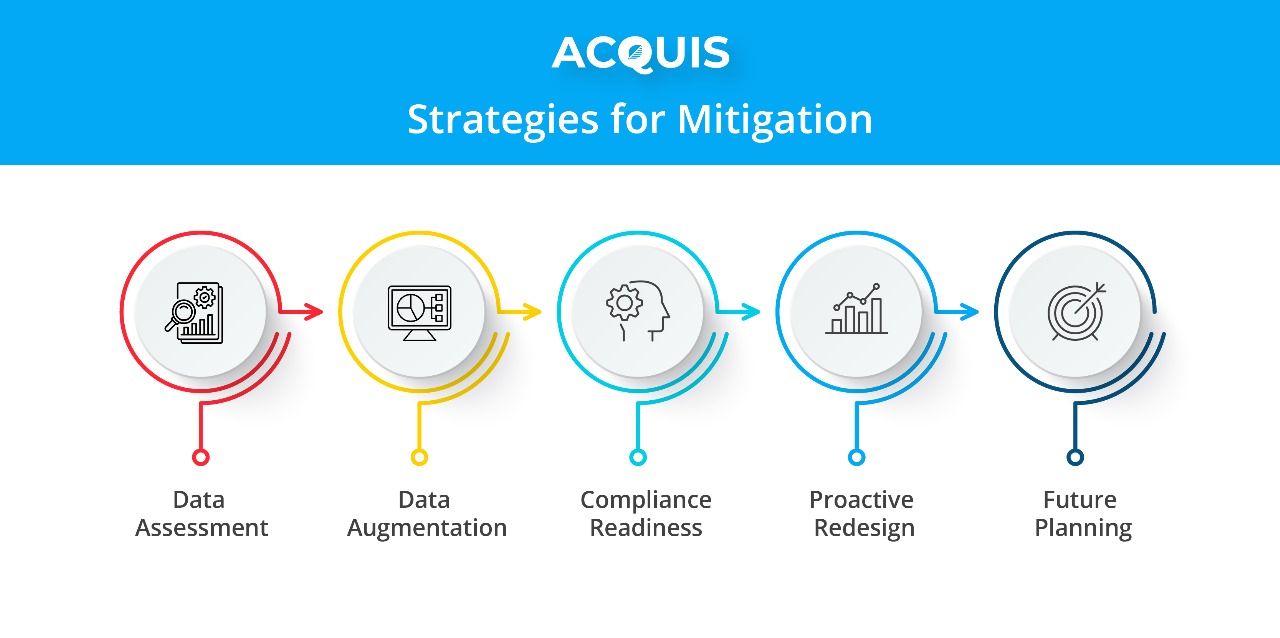Table of Contents
In the ever-evolving landscape of environmental regulations, staying ahead of the curve is essential for businesses of all sizes. In this guide, we delve into the complex world of per- and polyfluoroalkyl substances (PFAS) regulations, providing you with a detailed roadmap to navigate the challenges and mitigate risks effectively.
What are PFAS chemicals?
Per- and polyfluoroalkyl substances (PFAS) are a group of synthetic fluorocarbons known for their exceptional durability, bioaccumulation potential, and adverse health effects. There are over 12,000 distinct compounds that fall under the PFAS umbrella, nicknamed "forever chemicals" due to their remarkable resistance to degradation. They persist in the environment and accumulate within the human body, posing a significant health risk. Some of the health conditions associated with PFAS exposure include:
- Increased risk of thyroid disease
- Elevated blood cholesterol levels
- Decreased vaccine response
- Reduced fertility in women
- Increased risk of high blood pressure and preeclampsia
- Lower infant birth weight
Given the persistent and accumulative nature of PFAS, regulatory agencies around the world have initiated measures to address these concerns. Let's explore the key regulations impacting businesses today:
U.S. Regulations: TSCA Section 8(a)(7) Reporting and Beyond
In June 2021, the U.S. Environmental Protection Agency (EPA) introduced Section 8(a)(7) to the Toxic Substances Control Act (TSCA), mandating manufacturers to report PFAS usage dating back to 2011. This reporting requirement also extends to imported materials, encompassing a broad spectrum of PFAS chemical substances.
Notably, there is no "de minimis" threshold, meaning even smaller companies or those using PFAS in limited quantities must comply.
Expanding U.S. Regulations: CERCLA Designation
In August 2022, the EPA proposed designating two specific PFAS types, PFOA and PFOS, as "hazardous substances" under the Comprehensive Environmental Response, Compensation, and Liability Act (CERCLA), commonly known as "Superfund." This move could impose additional reporting obligations and legal liability on companies utilizing these substances.
State-Level Legislation: A Patchwork of Rules
Over 30 U.S. states have enacted or proposed their own PFAS regulations, mirroring aspects of the TSCA reporting requirements. Some notable state-level regulations include:
- California: AB 2247 mandates annual reporting of PFAS-containing products or components sold or imported into the state.
- Maine: Title 38 §1614 requires manufacturers to report products containing intentionally added PFAS substances.
- New Hampshire: HB 1589 prohibits the sale of intentionally added PFAS in certain products and mandates warning labels.
- Colorado: HB22-1345 phases out the sale of intentionally added PFAS chemicals and collects information from product manufacturers.
Canadian Regulation: A Prohibition on PFOS, PFOA, and LC-PFCAs
Canada is considering amending its Prohibition of Certain Toxic Substances Regulations to prohibit PFOS, PFOA, and long-chain perfluorocarboxylic acids (LC-PFCAs) in manufacture, sale, use, and import.
EU Regulations: REACHing for Control
The European Union's Registration, Evaluation, Authorization, and Restriction of Chemicals (REACH) Regulation will commence restrictions on PFCAs starting February 2023. These restrictions extend to PFHxS and PFHxA, with proposed limitations on all PFAS used in firefighting foams.
Dealing with Business Risks
The evolving landscape of PFAS regulations presents several risks to businesses:
- Operational Challenges
Complying with new regulations may necessitate significant capital investments for equipment upgrades to reduce or eliminate PFAS use in manufacturing processes.
- Product Redesign
Businesses relying on PFAS-containing products may face product design challenges, potentially impacting market access as they strive to meet evolving compliance requirements.
- Reporting Obligations
Stringent reporting requirements come with the risk of fines and loss of market access for non-compliance. Understanding and meeting these obligations is crucial.
- Liability Concerns
The potential for site clean-up costs and legal liabilities looms large for companies involved with PFAS. Mitigating these risks is essential.
Strategies for Mitigation

To effectively navigate the ever-evolving PFAS regulatory landscape, consider the following strategies:
- Data Assessment
Begin by thoroughly understanding your existing data to identify operational risks, product design implications, reporting obligations, and potential liability exposure.
- Data Augmentation
Evaluate where additional data is needed to address blind spots and areas requiring more information. Comprehensive data is key to informed decision-making.
- Compliance Readiness
Comprehend the reporting obligations under new legislation and prepare for compliance well in advance. Timely and accurate reporting is essential.
- Proactive Redesign
Consider product redesign proactively, keeping in mind potential impacts on compliance. This approach can help businesses adapt to changing regulations.
- Future Planning
Plan for the future by incorporating all PFAS substances into your considerations, even those not currently regulated. Anticipating changes is a proactive approach.
Leveraging Regulatory Expertise
Navigating the complex web of PFAS regulations requires more than individual effort. Consider partnering with experts like Acquis's Regulatory and Sustainability Team to gain invaluable insights, maintain market access, and stay ahead of compliance requirements.
For detailed information on how Acquis can assist you in mitigating risks related to PFAS regulations, reach out to us at info@acquiscompliance.com.
